Contents
During my first few weeks with it, I really liked Apple’s iPhone 16e. I appreciated that it fit comfortably in my pocket and hand and offered the best of iOS without tempting me to use my phone all day, every day. Yet, I couldn’t help but feel like it held onto just a few too many of the flaws that made the previous iPhone SE models hard to recommend — and then it broke my Spotify playlists. And now that I have Google’s excellent Pixel 9a in my pocket, I’m even more confused by the limits of the iPhone 16e and I appreciate what Google is doing with its cheapest offering. Here’s why.
Two cameras are simply better than one
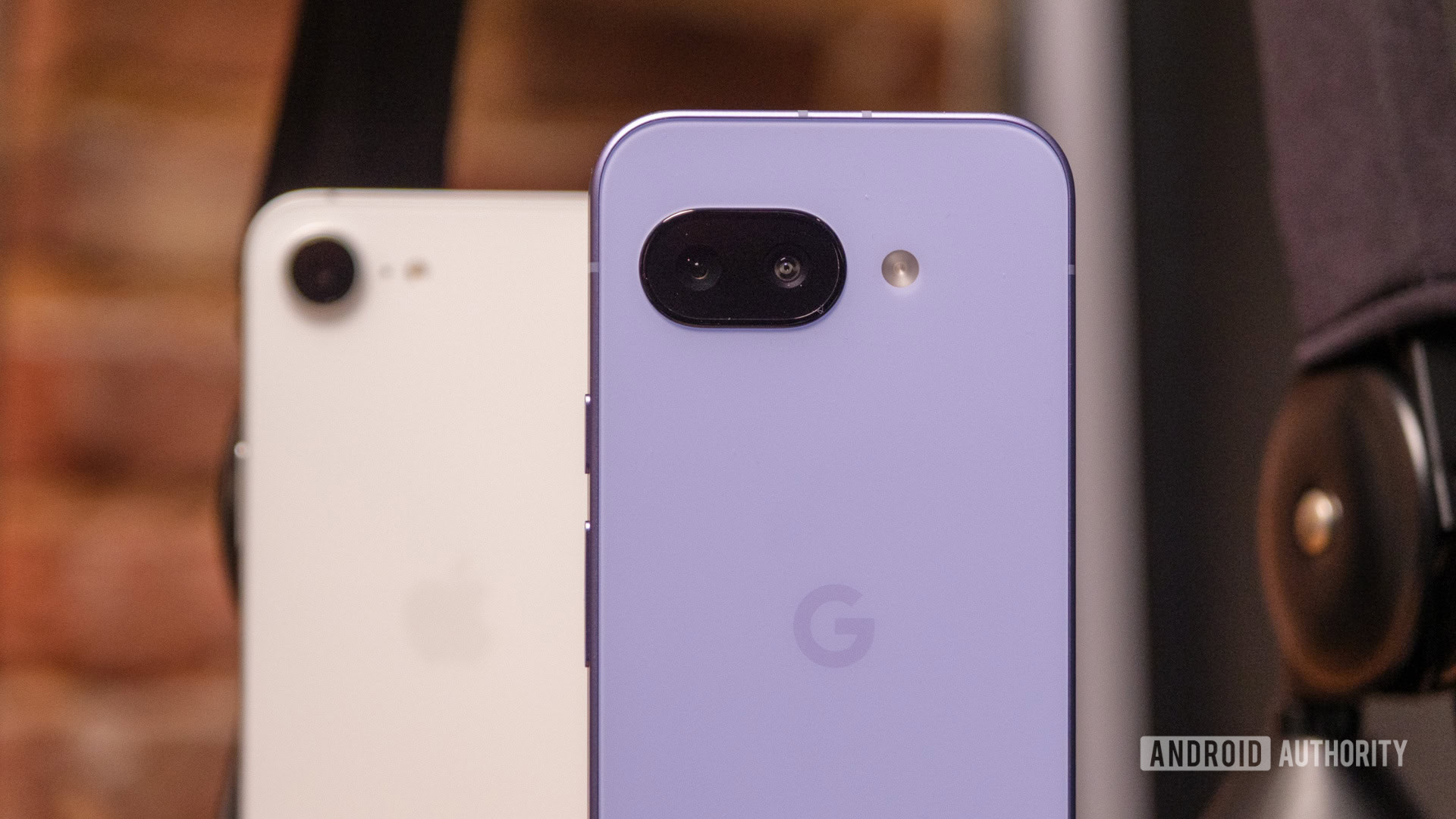
Ryan Haines / Android Authority
Don’t get me wrong — I didn’t expect the world from the single camera on the back of the iPhone 16e. As much as I knew it would offer solid quality at 1x and 2x zoom, there’s only so much a 48MP sensor can do, even if it claims the optical crop makes it like two cameras in one. Sure, it’s better than the 12MP that graced the previous generations of the iPhone SE lineup, but it’s hard to compete in a segment where similarly-priced Android options offer two or even three rear sensors. So, when the Pixel 9a arrived and did just that, I always reached for flexibility over Apple’s simplicity.
I already knew I could expect quite a bit from Google’s updated two-camera setup. It not only trimmed a few megapixels from its primary shooter — dropping from 64 to 48 — but Google also bumped over its software-based macro mode from its smaller ultrawide sensor. This change, though not totally expected, gives macro shots more light to work with, thanks to the larger 1/2.0-inch sensor and a wider maximum aperture of ƒ/1.7. Of course, there’s also the ultrawide sensor itself, which gives the Pixel 9a the ability to punch out to a 120-degree field of view, which is often much more manageable than zooming with your feet (stepping far, far back) like you’d have to do with Apple’s single sensor.
It’s not just Google’s hardware flexibility that I prefer, though — its software-based tools are better, too. I still remember my first few cracks at changing the color of the sky with Magic Editor and fully erasing people with Magic Eraser, and I’ll admit they weren’t great. The results came loaded with wonky AI-generated artifacts and ultimately looked worse than the clutter and extra people they replaced. Google has since dialed things in, cleaning up its generations and learning how to interpret the backgrounds of my shots better. I still don’t replace the color of the sky very often — mostly because I want to keep my shots fairly close to life — but even that has improved.
On the other hand, Apple still feels like it’s in the early stages of on-device photo editing. Sure, its Photographic Styles are pretty good, and I like that they’re highly adjustable on the flagship iPhone 16 series, but not all of that flexibility has trickled down. Instead, the iPhone 16e lets you swipe between the filters, but you’re pretty much stuck with the basic balance once you find the one you like. I’ve also yet to be impressed by Clean Up in an image with anything less than a perfect background. It’s erased a ceiling fan from an otherwise yellow wall above one of my friend’s cats but seems to struggle to fill the space. Oh, and don’t forget that the iPhone 16e only supports portrait mode for human subjects — pets and objects are a no-go.
To Apple’s credit, the iPhone 16e offers a slightly longer maximum of 10x magnification to the Pixel 9a’s 8x zoom, but I can’t say that I love the results from either device at such a distance.
If you want AI, Gemini is so much further ahead
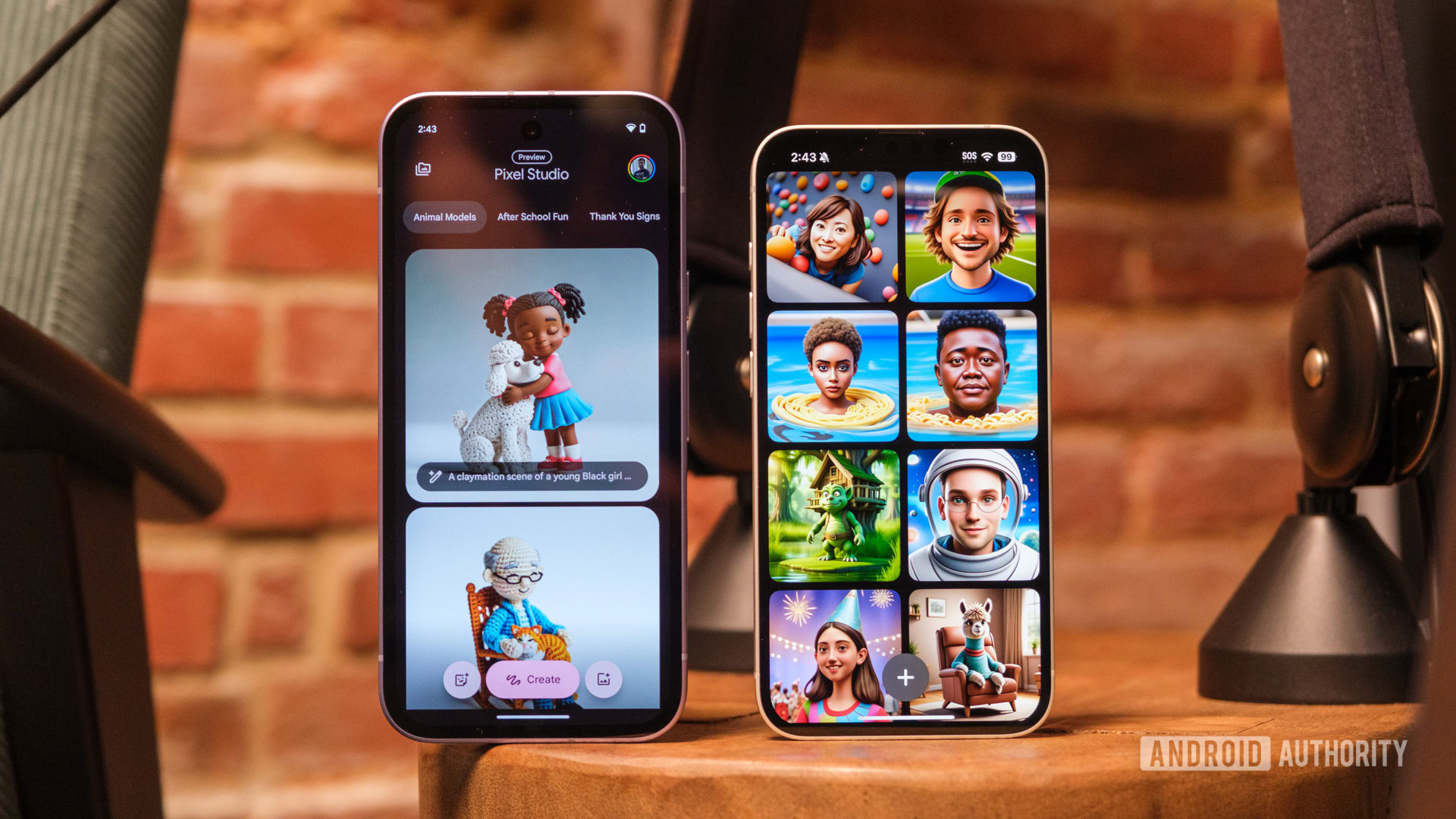
Ryan Haines / Android Authority
While the difference in cameras might be the main hardware gap between the Pixel 9a and the iPhone 16e, the real reason for both of these phones to exist is none other than to offer AI at a more reasonable price point. Maybe Apple and Google will do their best to tell you that there’s another reason, like getting you into their ecosystem for a better price, but we all know that’s only half true. It would be just as easy to pick up a slightly older model, like an iPhone 15 Pro or a Pixel 8, to get your foot in the door for a similar price.
However, if you want the latest and greatest features in the fast-moving AI race, you have to go for one of the latest devices. And, if you do so, it’s hard to picture a world where the Pixel 9a doesn’t come out ahead. Of course, it certainly helps that Google has been launching Gemini features on its flagships for two generations while Apple is still slowly, steadily rolling them out over the last few iOS patches.
The iPhone 16e might bring Apple Intelligence to more phones, but its features are far behind Gemini.
And, when you put the state of those two rollouts head to head, it’s easy to see how you’re getting a bigger bite of AI from a Pixel. Google’s latest mid-ranger offers everything we saw from the previous flagship Pixel 9 series, bringing Gemini Live and AI-infused apps to track the weather and organize your screenshots. There’s also the advantage of photo editing, which we talked about above. When you set up your Pixel 9a and open the Pixel Tips app, you’ll be met with 11 Gemini-based suggestions for everything from Pixel Studio to Circle to Search to ways to stretch Gemini further through a series of extensions.
The iPhone 16e, on the other hand, has a good number of AI-powered features; they’re just not quite as far along. Although I like things like Apple’s automatic notification summaries, I’ve been baffled by the iPhone’s lack of context, including the time it suggested Zendaya was Trinity Rodman’s father — yes, really. Some other features, like Apple’s Writing Tools, work a bit better to help you rework the tone of your messages and emails, and I like that the Image Playground supports so many ways to reimagine my friends and family, but I can’t help being a little bit freaked out by the lifeless eyes it often generates and disappointed by the lack of ways to position my subjects.
Your dollar just goes so much further with a Pixel
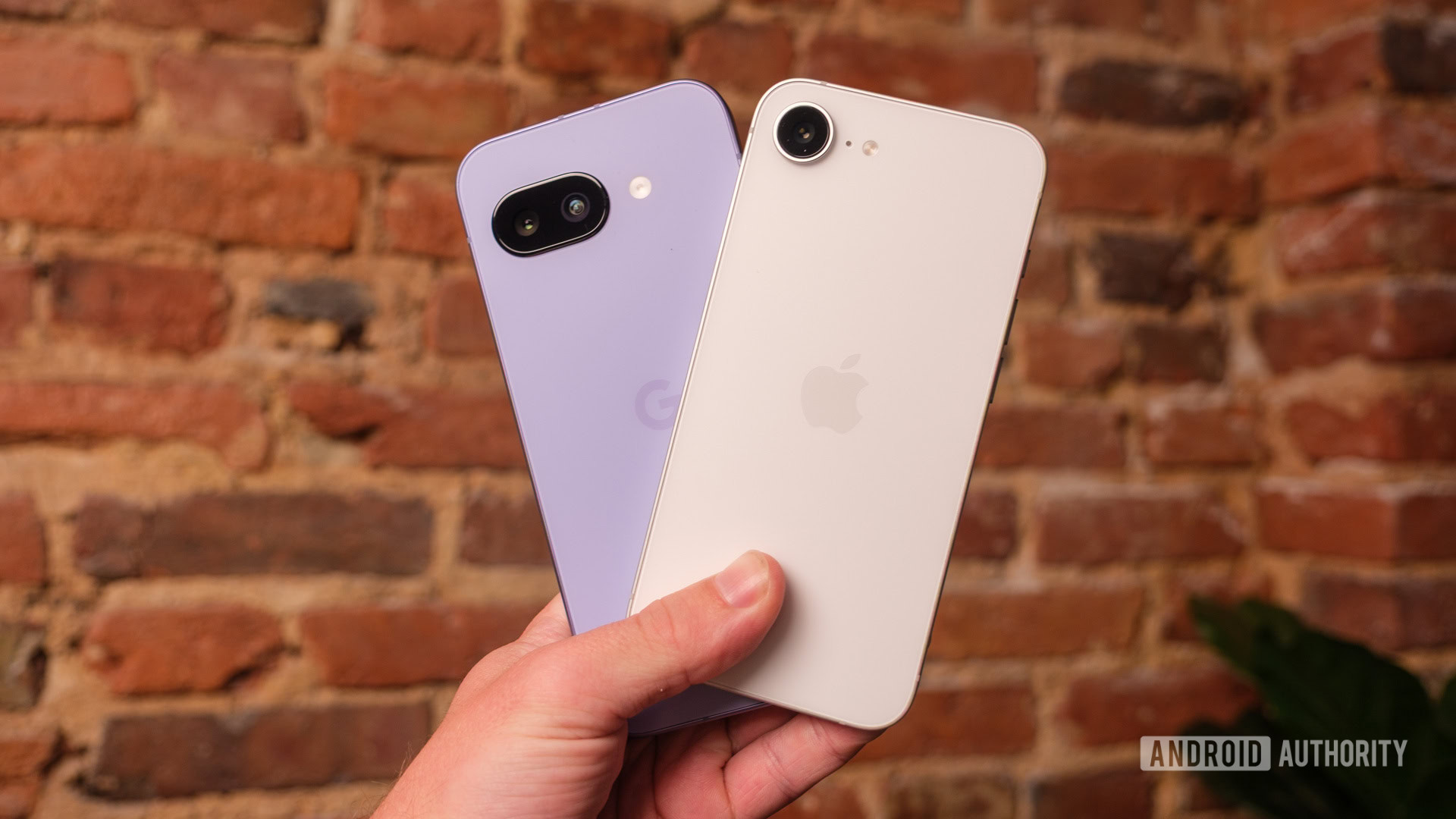
Ryan Haines / Android Authority
Based on the features I’ve picked out above and the advantages I’ve highlighted from the Pixel 9a, it would be fair of you to expect that it’s also the more expensive of these two phones. Well, it’s not. In fact, it’s $100 cheaper at its base configuration despite packing the same level of RAM and onboard storage. On top of that, the Pixel 9a looks and feels like a modern Pixel, taking after its flagship Pixel 9 siblings with rounded corners and a matte aluminum frame. The iPhone 16e, by comparison, offers glass on both the front and back of its aluminum frame but looks closer to the design of an iPhone 13 — just with an Action Button in place of the mute switch.
Other areas where Apple used to have a clear advantage aren’t as settled anymore, either. The iPhone 16e is no longer guaranteed superior software support now that Google can bring seven years of major updates to its recent Pixels, and despite its best optimizations, the iPhone 16e’s roughly 4,000mAh battery can’t keep up with Google’s beefy 5,100mAh cell. Sure, I’ll admit that Apple’s A18 chipset is still a better performer than the Tensor G4 on paper, but I’d argue that most things, like gaming and streaming the last few episodes of Max’s The White Lotus, are more enjoyable on Google’s 6.3-inch, notchless OLED.
So, with this much in common aside from the final asking price, the best way to decide between the Pixel 9a and iPhone 16e is to pick which software experience you like better. And, although recent generations of iOS have become more and more like Android, there’s no way to replace the original. I’ll stick with the app drawer, widgets, and Google Assistant — or, rather, Gemini — experience that I know and love, and I’ll put that extra $100 back in my pocket while I do so.
Google Pixel 9a
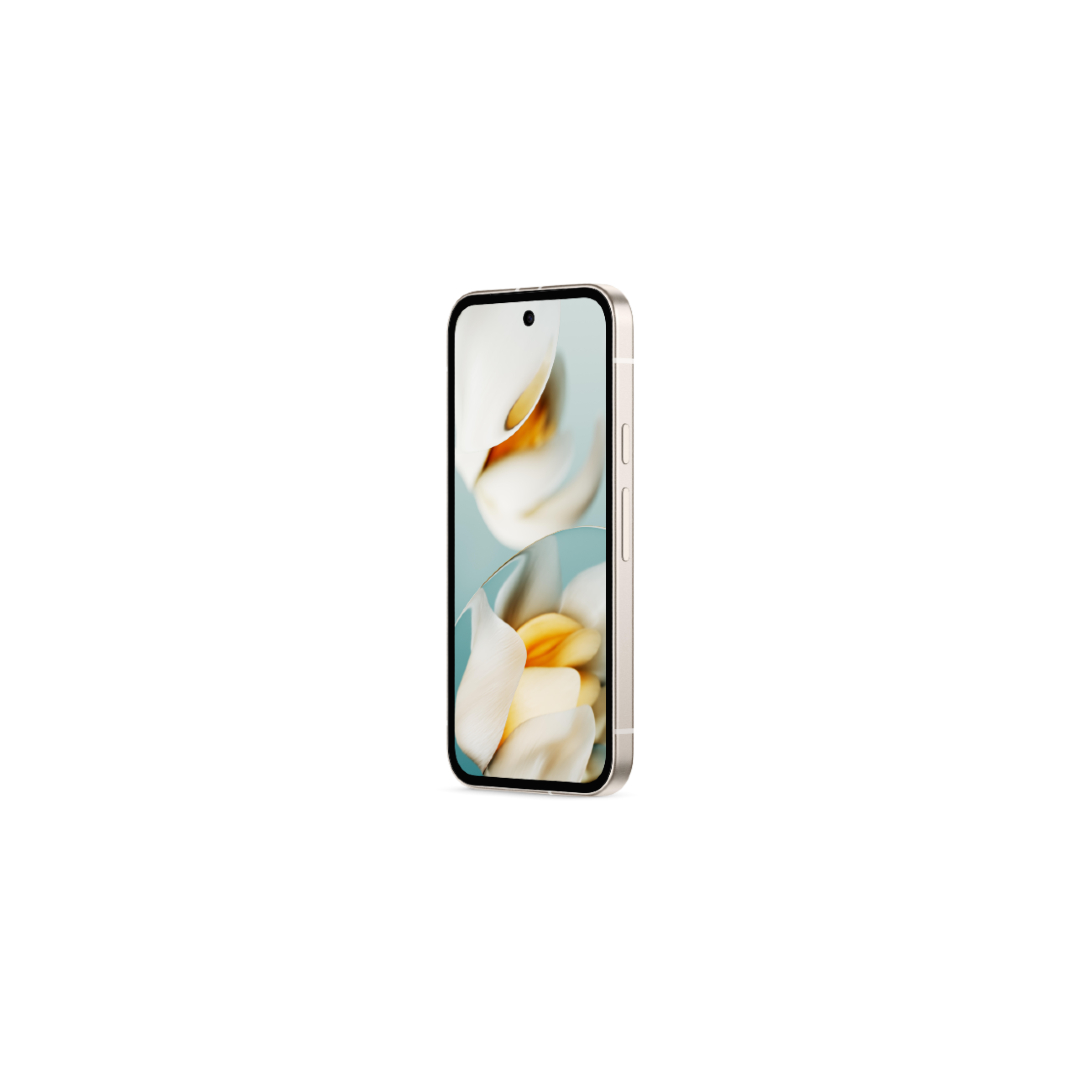
Google Pixel 9a
Built-in Gemini • Incredible camera • All-day battery
All the Pixel essentials for less.
The Google Pixel 9a brings built-in Gemini, an incredible camera, all-day battery, and seven years of updates for under $500.
What’s your reaction?
Love0
Sad0
Happy0
Sleepy0
Angry0
Dead0
Wink0
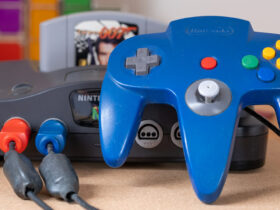
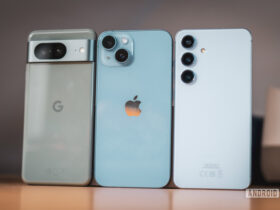
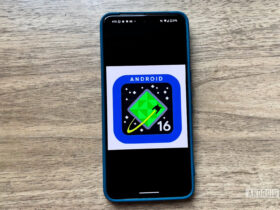


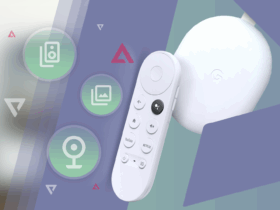
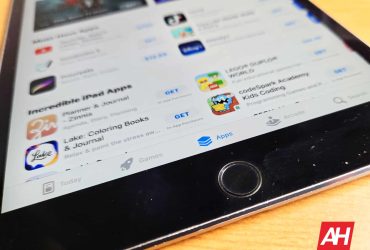
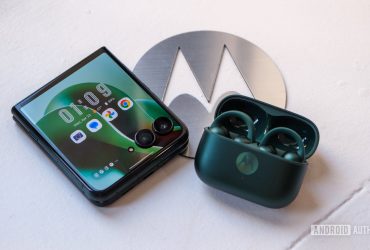
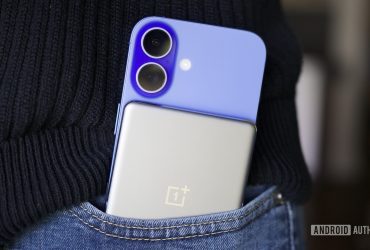

Leave a Reply
View Comments